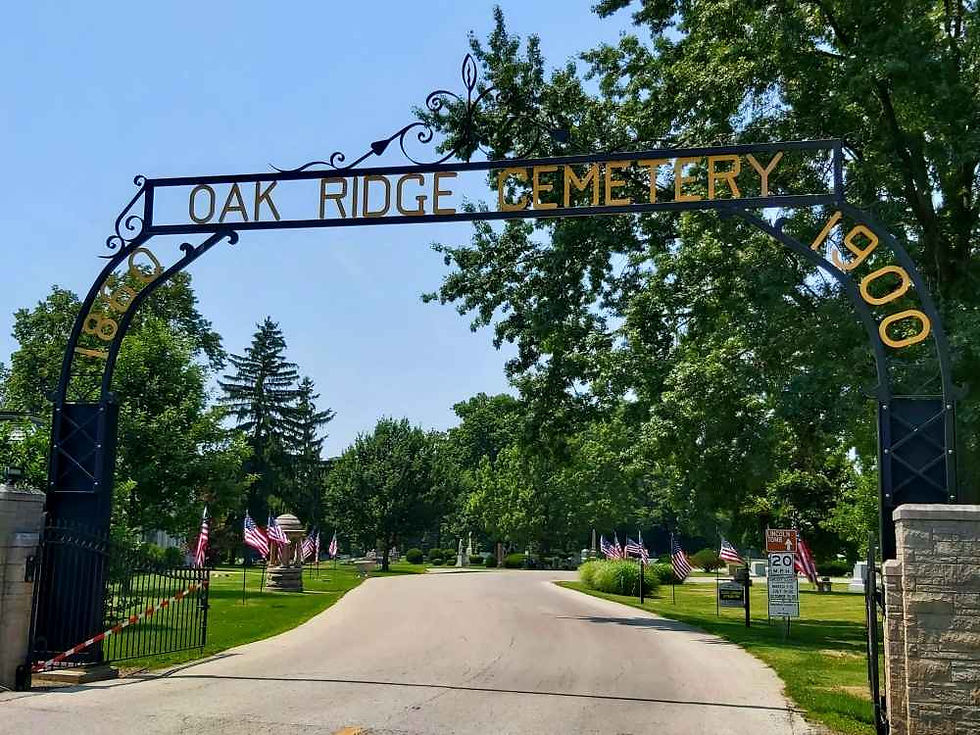Lebanon: Al Nourieh Shrine, Beirut
- Matthew P G

- Dec 30, 2022
- 2 min read


June 2019
Sayyidat al-Nouriyyeh
An old shrine dedicated to the Virgin Mary was in a room on the ground floor of a building in Souk al-Nouriyyeh, to the east of the Saint George Orthodox Cathedral. A vaulted entrance led to the shrine by way of a tiny intervening room. Sayyidat al-Nouriyyeh (Our Lady of Light) was believed to be a light that guided sailors and fishermen to safety. The shrine was adorned with three icons: one of Christ, one of all the saints, and one of the Virgin Mary, reputed to be miraculous. Sayyidat al-Nouriyyeh was widely visited by both Christian and Muslim inhabitants of Beirut. During the 1975-1990 Lebanese Civil War the shrine was burnt, looted and later completely destroyed, replaced in 2003 by the existing chapel.
(Wikipedia)
Behind St George's Maronite Cathedral and the huge, Ottoman-inspired Mohammed Al Amin Mosque and beside St George's Greek Orthodox Cathedral (Beirut has no shortage of religious structures) was the tiny "outbuilding" of the Al Nourieh Shrine. WMF and I were exploring the area and stumbled upon it. There was no explanation other than its name. It stood out being removed from the other structures and looking "new" (even though I now know it was a replacement for something much older - and part of a market!).
That whole complex of religious buildings was built over the old Roman Forum (the foundations of which have recently been exposed). In fact, next to St George's (Maronite) was the intersection of the old Roman Cardo Maximus and Decumanus Maximus (the main north-south and east-west streets, respectively). The place literally was the historical center of Beirut. Was that why Christianity and Islam were so desperately to imprint on it? The Roman Forum was actually only rediscovered in 1994 during post-civil war rebuilding efforts. Parts of the old north-south Cardo were in use until the 1930s!
The pavement of the Cardo Maximus, the city’s main street during Roman times, continued to be in use within Souk al-Najjarin until 1934. It was removed at this time to make way for the execution of the star-shaped plan of Etoile Square. In the early 1970s, the clock tower at the center of the square was dismantled to permit the archaeological investigation of the site. Several Roman columns were exposed. These remain intact beneath the clock tower, which was re-erected in 1998 during Beirut's post-war reconstruction.
Who seriously rips up an original Roman road? (the French)
So, the little Al Nourieh Shrine commemorates sailors being saved from heavy seas by a light emanating from the Virgin Mary on shore. The little shrine now is a little beacon on the edge of a huge pit containing the ancient Roman Forum surrounded by three old houses of worship, all damaged during a late 20th century civil war. Maybe this go round things will remain peaceful for awhile?



Comments